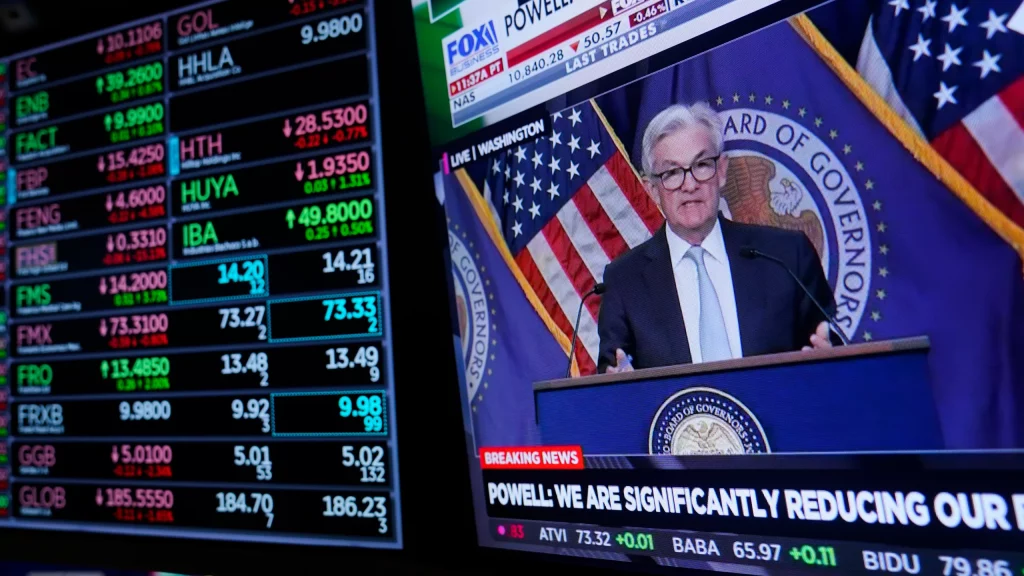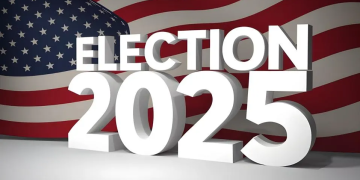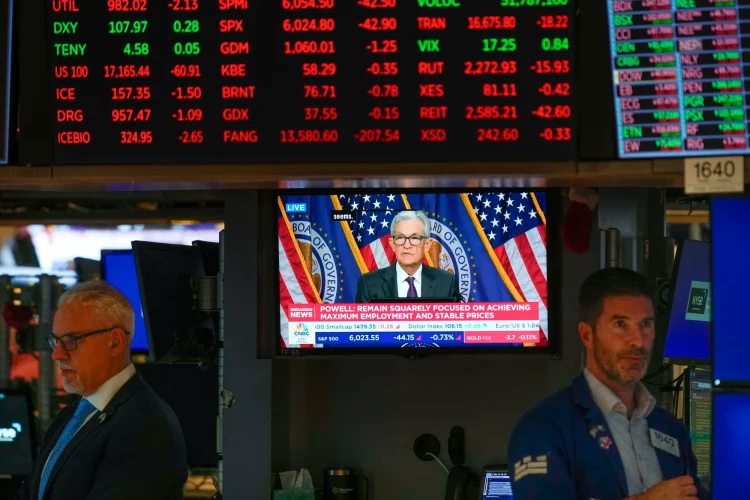Introduction: Why Fed News Moves Markets
When it comes to market-moving news, few events rival the impact of U.S. Federal Reserve announcements. Whether it’s a rate hike, a dovish pause, or a surprise policy pivot, Fed minutes, speeches, and decisions can trigger dramatic shifts in stocks, bonds, and currencies within minutes. Understanding how to interpret these signals—and more importantly, how to adjust your portfolio strategically—can give investors a significant edge. In today’s high-speed financial environment, mastering the art of navigating Fed news is no longer optional; it’s essential for maximizing returns and minimizing risks.
How to Interpret Fed Minutes, Speeches, and Decisions
Reading Between the Lines: The Art of Fed Watching
The Fed is notorious for its careful, almost cryptic communication style. Every word is measured, every phrase deliberate. Successful investors have learned not just to hear what the Fed says, but to listen for what they don’t say. For example, a speech emphasizing “data dependency” over “forward guidance” often signals a more flexible policy stance, opening the door to market volatility. Similarly, the omission of terms like “persistently high inflation” can subtly hint that rate hikes are nearing an end.
Tip: Focus on changes in language from previous communications. Even small shifts in phrasing often signal meaningful changes in Fed thinking.
Key Phrases to Watch
Investors should train their ears to recognize specific Fed language. Terms like “accommodative,” “neutral,” “restrictive,” and “transitory” have distinct implications for monetary policy trajectories. A move from “accommodative” to “neutral,” for instance, usually means tightening is winding down, which tends to be bullish for risk assets.
Tip: Maintain a cheat sheet of Fed key phrases and their historical impact on markets to quickly assess the tone of any announcement.
Understanding the Dot Plot
The Fed’s “dot plot” provides a visual map of where each Federal Open Market Committee (FOMC) member expects interest rates to be in the future. A shift higher in the median dot typically signals tighter policy ahead, while a flat or lower dot plot suggests dovishness.
Tip: Watch not just the near-term projections, but also the long-term dots. Markets often react strongly to perceived changes in the Fed’s long-term policy path.
Speeches vs. Official Decisions
Not all Fed communication carries the same weight. Formal FOMC decisions and minutes are generally more impactful than offhand remarks during speeches. However, speeches by the Fed Chair or influential governors can still move markets dramatically if they hint at upcoming policy shifts.
Tip: Rank Fed events by importance. Prioritize the FOMC statement, the press conference, and official minutes over regional Fed president speeches, unless the speaker is seen as a policy bellwether.
Portfolio Adjustments That Historically Pay Off
Defensive Plays During Hawkish Turns
When Fed communication turns hawkish—signaling higher interest rates to combat inflation—certain sectors historically outperform. Utilities, consumer staples, and healthcare tend to be resilient because their earnings are less sensitive to economic cycles. Meanwhile, growth sectors like tech often underperform due to their reliance on cheap capital.
Tip: During hawkish phases, rotate into sectors with stable cash flows and lower valuations. Consider increasing exposure to dividend-paying stocks and value-oriented funds.
Bullish Bets After Dovish Pivots
When the Fed shifts to a dovish stance, emphasizing economic support over inflation control, risk assets typically rally. Technology, small caps, and emerging markets often outperform in these environments. Lower interest rates boost valuations, especially for sectors where future growth expectations are critical.
Tip: After dovish pivots, lean into sectors with high earnings growth potential and lower current profitability, as these benefit most from easier financial conditions.
Bond Strategies: Duration Management
Fed rate changes significantly affect bond portfolios. When anticipating rate hikes, shorter-duration bonds protect better because they are less sensitive to rising yields. Conversely, when rate cuts are likely, longer-duration bonds benefit from price appreciation as yields fall.
Tip: Use bond ETFs with varying durations to tactically shift exposure depending on Fed signals. Floating-rate bonds can also be useful during hiking cycles.
Gold and Alternative Assets
Gold often shines during periods of dovish policy, as lower real yields increase the appeal of non-yielding assets. Conversely, a strong dollar and rising real rates—common during hawkish phases—tend to weigh on gold prices.
Tip: Consider adding gold, commodities, or real estate exposure when the Fed signals extended periods of easy money.
Watch the Yield Curve
The yield curve—particularly the spread between 2-year and 10-year Treasury yields—is a powerful recession predictor. An inverted yield curve (when short-term rates exceed long-term rates) often signals impending economic slowdown, influencing Fed policy.
Tip: Monitor the yield curve closely. A steepening curve often precedes economic recovery, favoring cyclical stocks, while an inverted curve suggests caution.

Real-World Examples of Successful Fed-Driven Investing
2019: Powell’s Pivot
In early 2019, after a tumultuous Q4 2018 selloff driven by fears of excessive tightening, Fed Chair Jerome Powell shifted his tone dramatically, signaling a pause in rate hikes. Markets responded with a robust rally, especially in tech and growth stocks.
Lesson: Watch for shifts from hawkish to dovish language after significant market stress.
2020: Emergency Rate Cuts During COVID-19
As COVID-19 spread globally, the Fed enacted emergency rate cuts in March 2020, slashing rates to near-zero and launching massive quantitative easing programs. Risk assets, especially tech and small-cap stocks, soared in the following months.
Lesson: React quickly to extraordinary dovish actions, as they often ignite strong bull markets.
2022: Aggressive Hiking Cycle
In 2022, facing the highest inflation in decades, the Fed embarked on one of the most aggressive rate hiking campaigns in history. Markets reacted sharply, with tech stocks suffering the most, while defensive sectors like healthcare and utilities outperformed.
Lesson: During aggressive tightening cycles, favor defensives and manage exposure to rate-sensitive sectors.
2008: Rate Cuts and Quantitative Easing
During the Great Financial Crisis, the Fed cut rates aggressively and introduced unprecedented monetary stimulus measures. Although markets initially continued falling, those who positioned into risk assets early in 2009 captured massive upside as recovery took hold.
Lesson: Recognize that markets often bottom before the economy, especially when aggressive monetary easing is underway.
Tactical Playbook for Fed News Trading
1. Prepare in Advance
The worst time to decide how to react to Fed news is after the announcement. Prepare scenarios in advance: What will you do if the Fed sounds more hawkish? More dovish? How will you adjust sector exposure, bond duration, and cash levels?
2. Stay Flexible
No strategy should be rigid. Sometimes the market reaction to Fed news is counterintuitive. For instance, a hawkish announcement already priced in can lead to a relief rally. Be ready to adapt quickly.
3. Use Stop-Losses and Scaling Techniques
Volatility spikes around Fed announcements can trigger sharp moves. Use stop-loss orders to protect capital but also consider scaling into positions gradually to average into volatility rather than making large bets all at once.
4. Watch Market-Based Indicators
Treasury yields, Fed Funds futures, and inflation breakevens often move immediately in response to Fed news. These can offer clues on how the broader market is interpreting the announcement.
5. Focus on Big Picture Themes
Sometimes, obsessing over each Fed word can create noise. Focus instead on whether the Fed’s broader trajectory supports risk-taking (easing) or caution (tightening).
Conclusion: Master the Fed, Master the Market
Successfully navigating Fed news is less about guessing headlines and more about understanding the underlying economic dynamics. Investors who can interpret the subtleties of Fed language, recognize the implications for different asset classes, and adjust portfolios strategically have a distinct advantage. The Federal Reserve is both the market’s weather vane and its most powerful force. Learning to read its signals accurately—and position accordingly—can turn volatility into opportunity and uncertainty into profit. In the financial world of 2025 and beyond, mastering the Fed isn’t just smart investing; it’s survival.













































